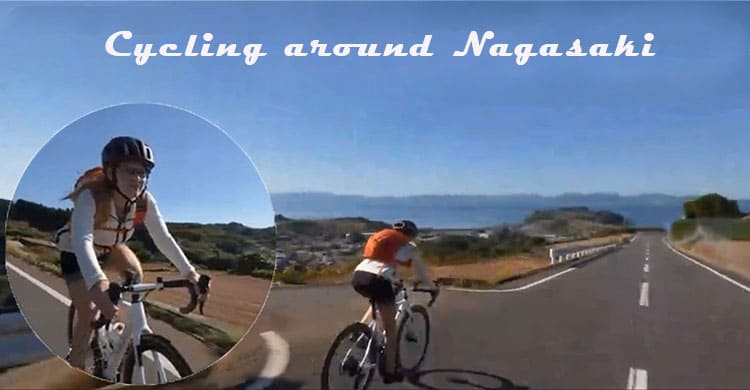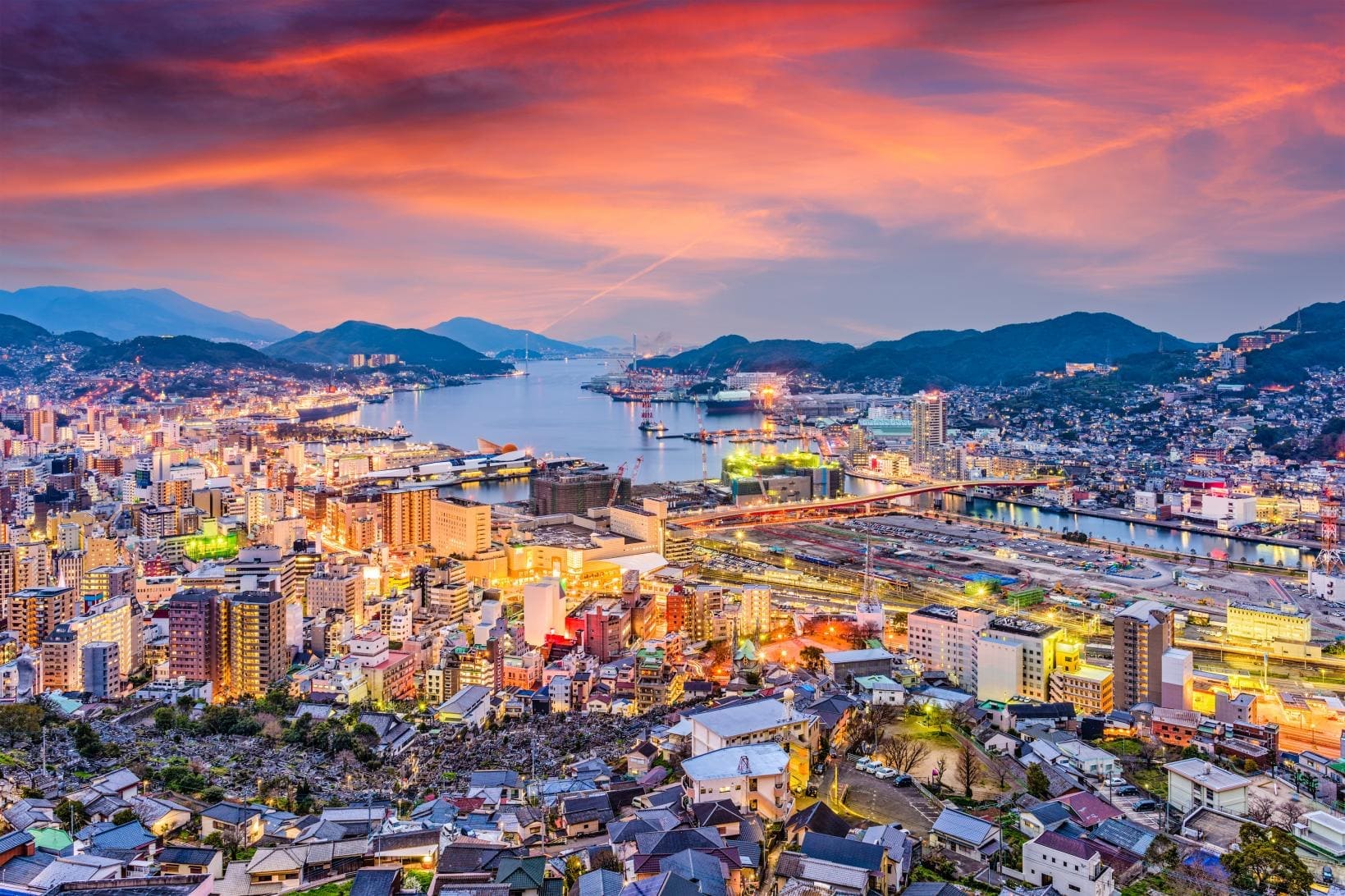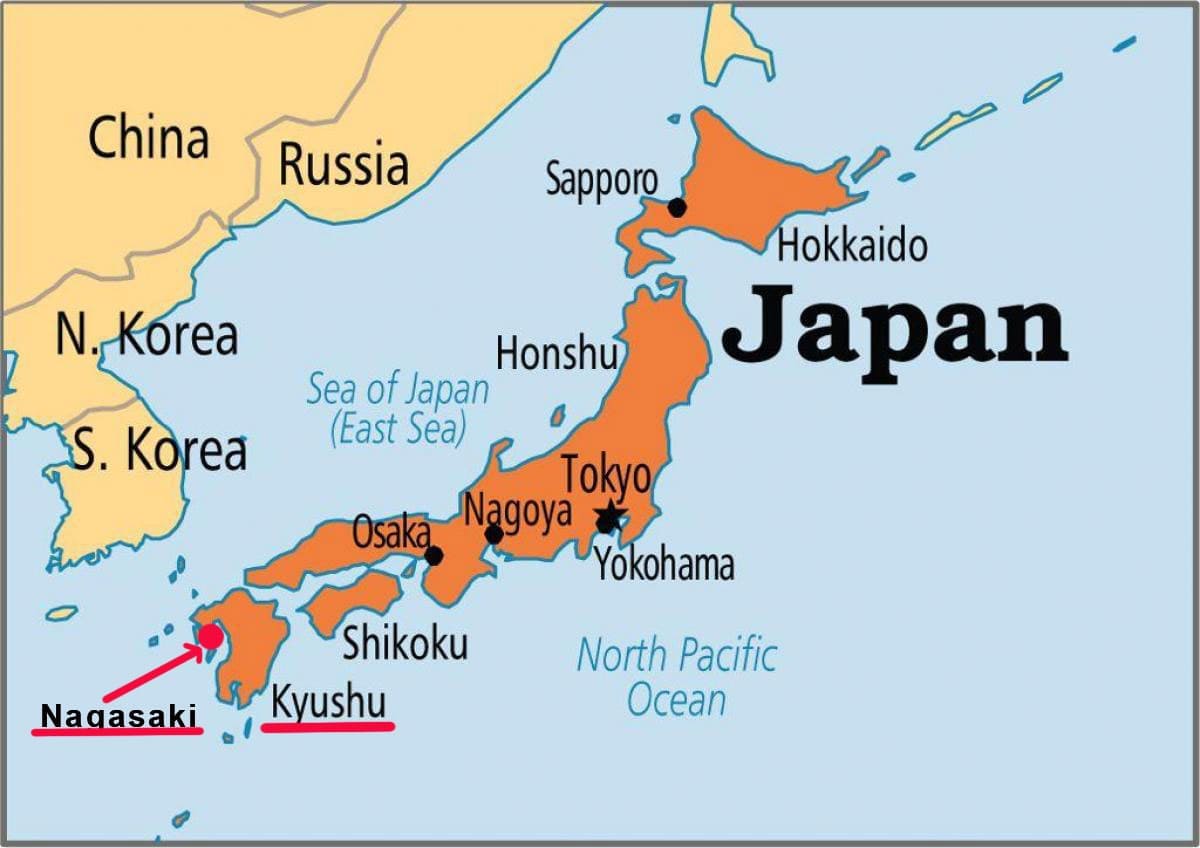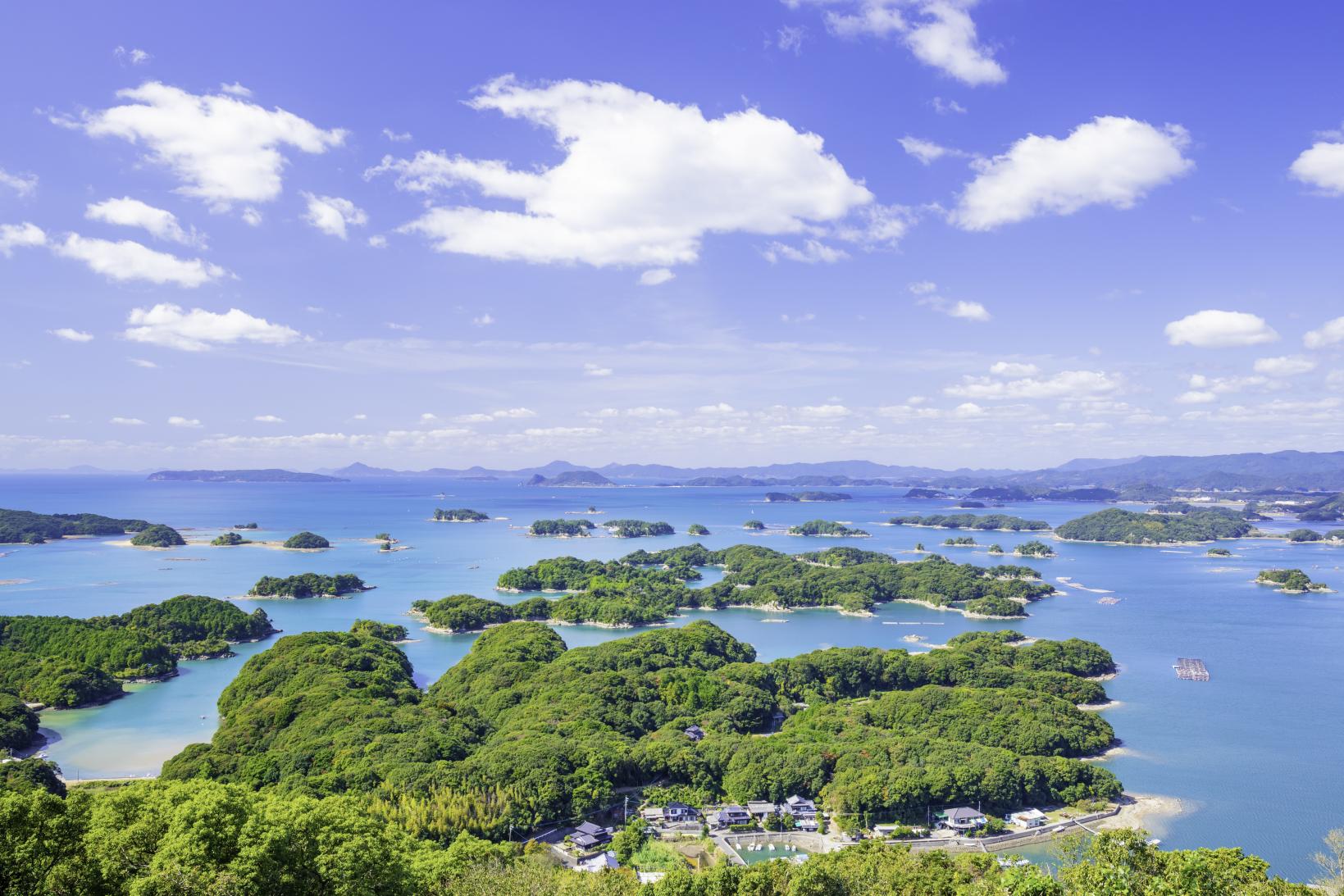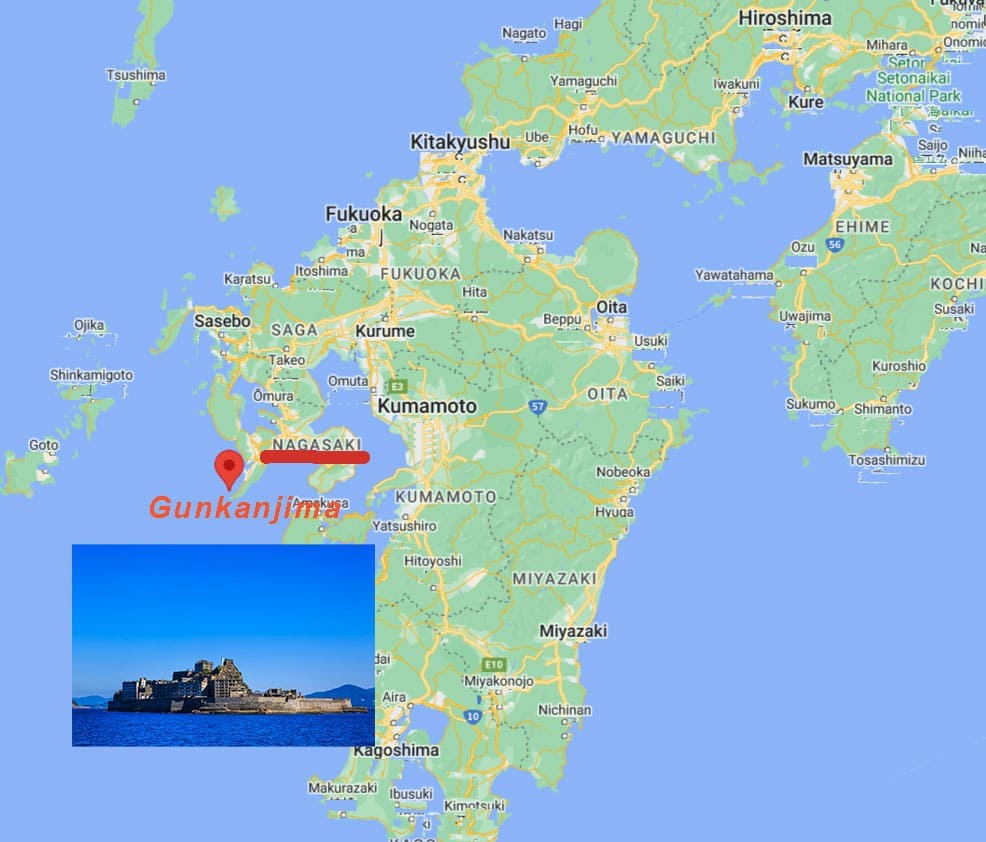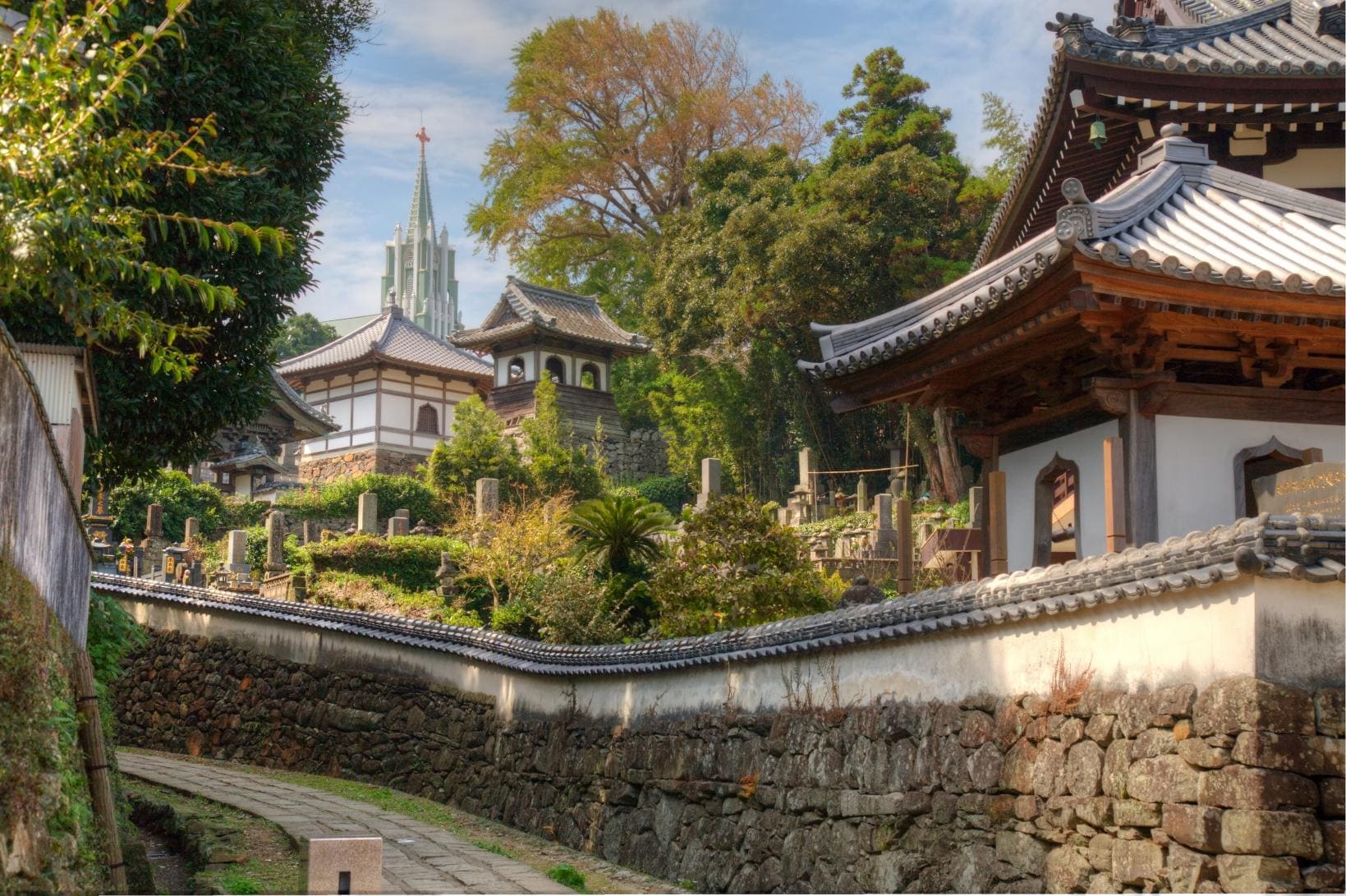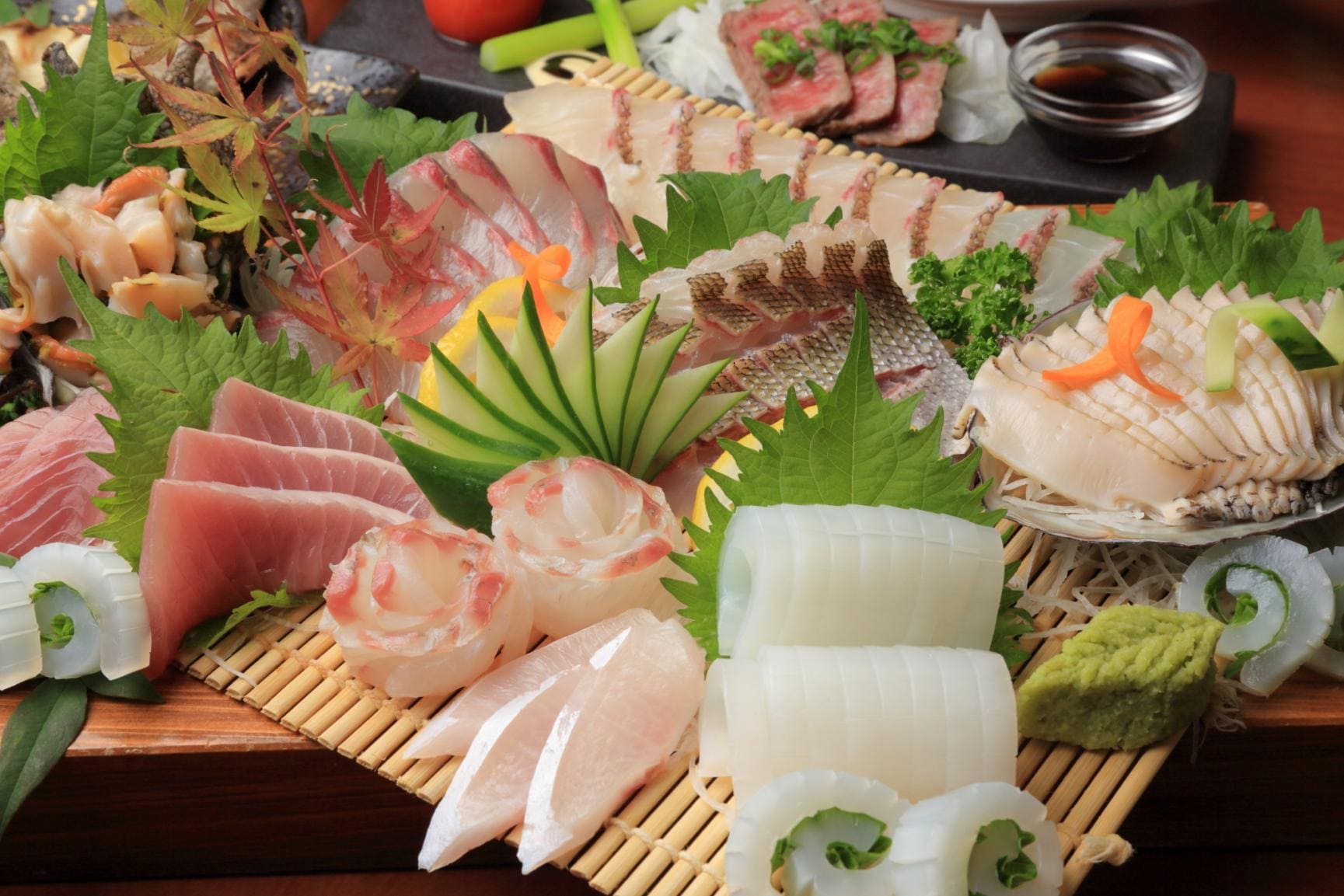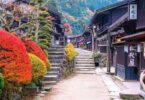Hi how are you? Today’s topic is Cycling in Nagasaki which was once Gateway to the Continent and Window to the West.
Nagasaki has been a vital maritime hub since ancient times. It became Japan’s first gateway to overseas trade, enduring historical tragedies such as the atomic bombing, yet it boasts several UNESCO World Heritage sites.
Nagasaki is a picturesque city where one can simultaneously experience the charm of Japanese and Western cultures, a unique blend of exotic atmospheres.
So first of all, let’s enjoy cycling in Nagasaki!
Second, let’s delve a little deeper.
Contents
- Surrounded by the Sea, Japan’s Westernmost Point with Numerous Islands!
- Historical Prosperity as a Hub for Overseas Exchange
- Overcoming Tragedy, Becoming a Beacon of Peace
- Nagasaki boasts two UNESCO World Heritage sites
- Distinctive Landscape where Japanese and Western Cultures Converge: “Scenery of Temples and Churches” in Hirado City
- City of Pure Spring Water – “Shimabara” in Shimabara City
- One of the Prefecture’s Premier Hot Spring Resorts and the Scenic Unzen Hell – Unzen City
- From Fresh Seafood to Brand Beef, Nagasaki is a Culinary Treasure Trove!
- A quintessential Nagasaki delicacy is “chanpon,” featuring a rich soup with plenty of ingredients and noodles
Surrounded by the Sea, Japan’s Westernmost Point with Numerous Islands!
Nagasaki Prefecture, located in the northwest of Kyushu, is Japan’s westernmost point. It takes about 2 hours by plane from Tokyo, surprisingly close.
Surrounded by the sea on three sides, it offers rich nature and beautiful landscapes with numerous peninsulas and islands.
Historically, Nagasaki Prefecture played a very important role in Japan’s international relations.
Today, many of the influences from that period such as food, architectures, festivals, and culture can still be seen throughout the prefecture today.
Historical Prosperity as a Hub for Overseas Exchange
Nagasaki served as a crucial transit point connecting Japan with the Korean Peninsula and the Chinese mainland. It prospered as a hub for trade, cultural exchange, and the assimilation of advanced technology and culture.
In 1550, with the arrival of Portuguese merchant ships in Hirado, Nagasaki’s involvement with European culture began. During the early Edo period, it became a port for Nanban trade and Red Seal Ship trade with various countries worldwide.
During the Edo period, Japan closed its borders and started its 214 years of national isolation between 1639 – 1853.
During this time, Nagasaki was the only port that permitted foreign trade. As such, a vast amount of culture, knowledge and food from Asia and Europe flowed to and from Japan via Nagasaki, which contributed greatly to the modernization of Japan.
Despite the subsequent period of national seclusion, Dejima, the only trading post with the West, was established, playing a significant role in Japan’s modernization as a center for cultural and academic exchange.
In Nagasaki, a gateway to overseas trade, Francis Xavier visited Hirado in 1550, initiating missionary activities along with missionaries who came with Nanban trade.
“Kirishitan daimyo” (Christian lords) emerged, and many of their subjects embraced Christianity, leading to the flourishing of Nanban culture.
Despite subsequent bans on Christianity, with severe torture and forced renunciations, the faith continued to be passed down in secret.
Overcoming Tragedy, Becoming a Beacon of Peace
Nagasaki Prefecture has survived many tragic events such as the persecution of Christians during the Edo period; the eruption of Mt. Unzen, which was the deadliest volcanic eruption recorded in Japanese history; and the atomic bombing of Nagasaki City in World War II.
Having to overcome and rebuild from these heartbreaking events, Nagasaki now thrives as an international city with the mission to send and promote world peace.
In addition, during the World Night View Summit in 2012, Nagasaki City was recognized as one of the “World’s Top 3 Night View” alongside Hong Kong and Monaco.
Nagasaki boasts two UNESCO World Heritage sites
With constituent properties scattered throughout the prefecture. Explore Nagasaki’s world-renowned heritage and discover the “treasures of humanity.”
1) Hidden Christian Sites in the Nagasaki Region: With a history spanning 450 years, this heritage showcases the process of Christianity spreading, taking root, and flourishing in Japan. It was registered as a World Cultural Heritage site in 2018.
2) Sites of Japan’s Meiji Industrial Revolution: Nagasaki, as the sole gateway to the West, quickly adopted Western technology, becoming a driving force behind Japan’s modernization.
Eight industrial sites, including Gunkanjima (Battleship Island) coal mine, were registered as a World Cultural Heritage site in 2015 under the theme of the Meiji Industrial Revolution.
Distinctive Landscape where Japanese and Western Cultures Converge: “Scenery of Temples and Churches” in Hirado City
Hirado offers a charming townscape where you can feel the simultaneous presence of Japanese and Western cultures. Ascend the stone-paved slope extending from the coastal street, and you’ll witness the unique scenery of Hirado, where the spire and cross of Hirado Xavier Memorial Church harmonize with the roofs of surrounding temples, creating a fascinating fusion of Japanese and Western cultures.
Take a leisurely stroll through the nostalgic streets, experiencing Hirado’s history of international exchange.
City of Pure Spring Water – “Shimabara” in Shimabara City
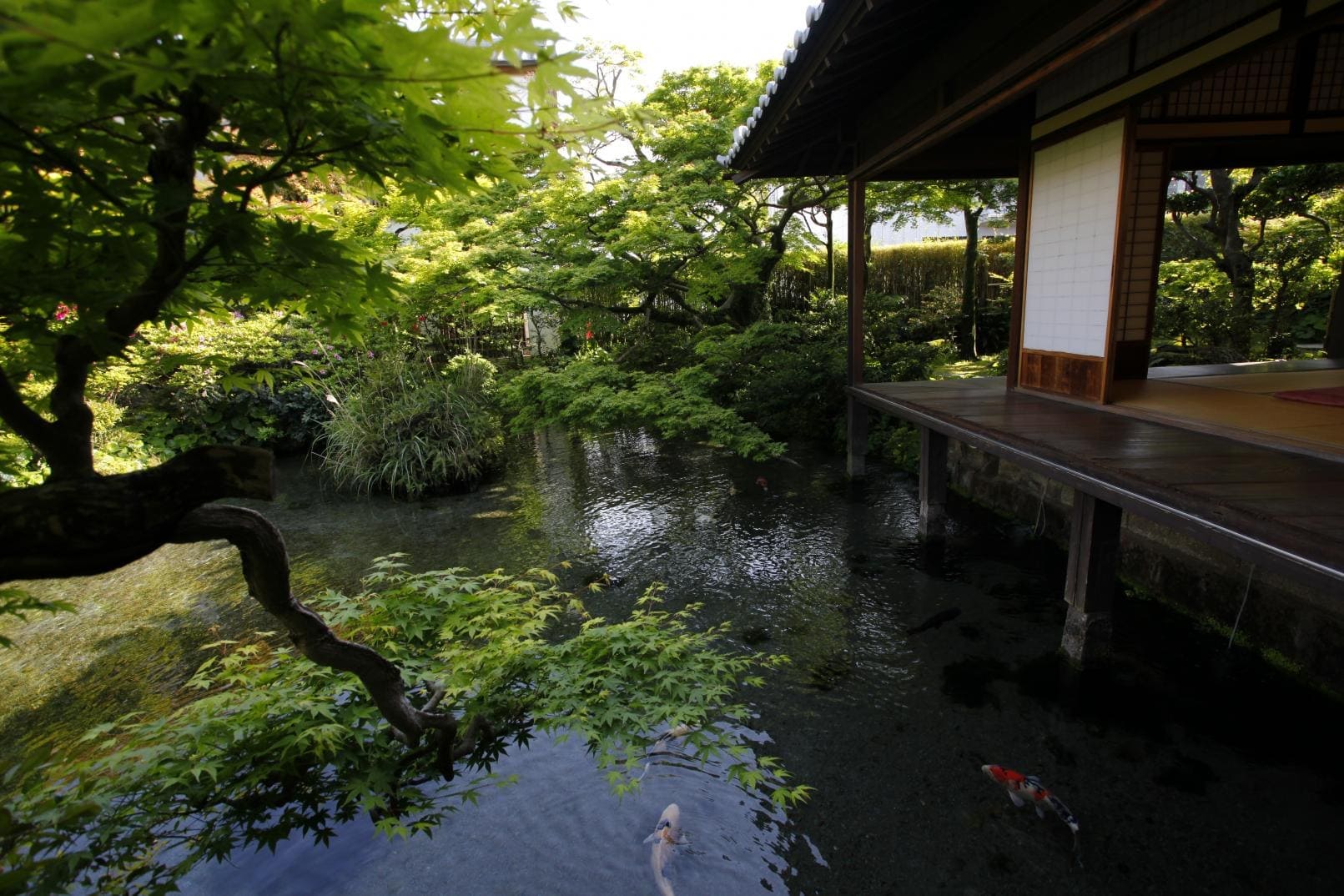
Shimabara, blessed with abundant spring water, is known as the “City of Water.” Approximately 60 spring water sources dot the city, with clear water flowing gently.
Koi fish released into watercourses that weave through the town, showcasing a spectacle unique to Shimabara. Explore the “Shimmeisou” garden, an enchanting combination of a mansion and a beautiful pond, offering a must-see landscape.
In the castle town of Shimabara, waterways dating back to the Edo period are preserved in the samurai residences, providing a glimpse into the lifestyle of that era.
One of the Prefecture’s Premier Hot Spring Resorts and the Scenic Unzen Hell – Unzen City
Representing Nagasaki’s hot spring resorts, “Unzen Onsen” flourished as a summer retreat for foreigners in the Meiji era.
Designated as Japan’s first national park in 1934, it paved the way for Japanese resorts. The sulfur-scented hot springs amid breathtaking natural scenery provide relaxation after a journey.
At the main spot in Unzen, “Unzen Hell,” experience a tour of over 30 hells, including the roaring hell and the thread hell. The ongoing steam and the smell of sulfur emanating from various points create a breathtaking spectacle.
From Fresh Seafood to Brand Beef, Nagasaki is a Culinary Treasure Trove!
Nagasaki is a treasure trove of marine delicacies, boasting the highest variety of fish species landed nationwide. From sea bream and horse mackerel to oysters and spiny lobsters, you can enjoy fresh seafood according to the seasons.
Pay attention to Nagasaki’s branded wagyu beef, said to be the birthplace of Japanese beef. Wagyu, raised on mineral-rich pasture, offers a tender and exceptional taste.
A quintessential Nagasaki delicacy is “chanpon,” featuring a rich soup with plenty of ingredients and noodles
Don’t miss trying the plate udon, where crispy thin noodles or chewy thick noodles are covered with a generous amount of sauce. In addition to these, Nagasaki offers a variety of local gourmet influenced by foreign cultures and customs, such as Turco rice, lemon steak, and Sasebo burger. Experience the unique culinary culture of Nagasaki!
Have a great moment in Nagasaki, please!

